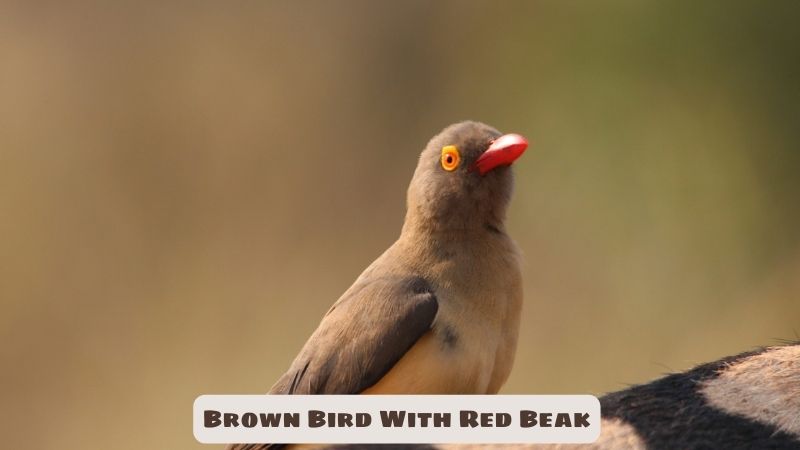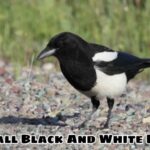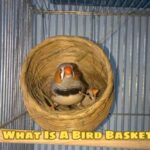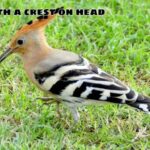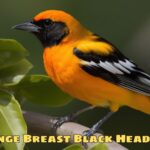The red-billed brown bird, also known as the robin, is one of the most popular and familiar birds in many areas of the world. With their impressive reddish-brown plumage and distinctive orange beak, they have long attracted the attention of nature lovers. Red-billed brown tits are often found in gardens, parks and broad-leaved forests, where they hunt mainly on the ground.
The bird’s habit of building nests and gathering food at low levels is also a prominent feature of this bird, leading to extensive interest and research into its biology and behavior. So let’s explore more deeply about this brown bird with red beak with Exoticbirdscorner!
Appearance characteristics of the red-billed brown bird
The red-billed brown sparrow, also known as the red-billed brown sparrow, possesses quite an impressive appearance with its compact size and outstanding plumage. Below are some typical characteristics that help us easily identify this bird:
Size
The red-billed brown bird’s body length ranges from 20 to 25 cm, wingspan is about 30-35 cm. This size is equivalent to a familiar house sparrow. Thanks to its compact size, the red-billed brown bird has the ability to move flexibly in diverse habitats.
Plumage
The most prominent feature of the red-billed brown bird is the dark brown feathers that cover the entire body. However, this plumage is not monotonous but is dotted with black and white streaks on the wings and tail. The harmonious combination of color patches creates a unique and eye-catching appearance for this bird.
Beak
The most prominent feature that helps distinguish the red-billed brown bird from other birds is its brilliant red beak. This beak not only plays an important role in foraging but is also a highlight that attracts the attention of enemies during the breeding season.
Eyes
Red-billed brown birds possess large black eyes, giving them sharp eyesight to forage and detect prey. Thanks to good eyesight, birds can easily move and forage in low-light environments such as dawn or dusk.
Legs
The red-billed brown bird’s legs are short and strong, helping them move easily on the ground and on tree branches. The feet have a special structure with sharp claws, helping birds cling tightly to tree branches when climbing or resting.
In general, the red-billed brown bird has quite an impressive appearance with its compact size, unique plumage and brilliant red beak. These characteristics help them easily adapt to diverse habitats and become an important part of the ecosystem.
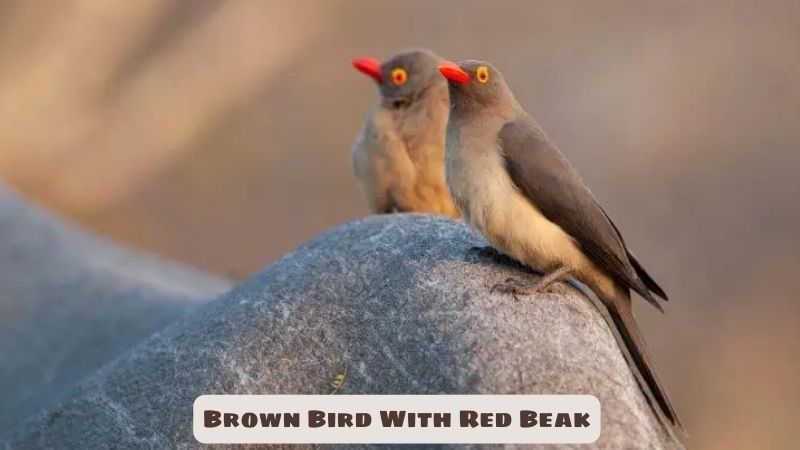
Unique living habits of red-billed brown birds
Red-billed brown birds not only possess an impressive appearance but also have unique living habits, helping them adapt to their living environment and preserve their species. Below are some typical behaviors of this bird:
Living in flocks
Red-billed brown birds usually live in small flocks of 5 to 10 individuals, and can form larger flocks during the feeding season. Living in groups helps them protect themselves from predators, while also supporting each other in finding food and taking care of their young.
Omnivorous
Red-billed brown birds are omnivorous birds, meaning they can eat many different types of food. Their food includes seeds, fruits, insects, larvae and even small animal carcasses. Thanks to a diverse diet, red-billed brown birds can easily forage and adapt to food sources that change seasonally.
Chirping
The red-billed brown bird is famous for its cheerful, chirping sound, especially in the early morning. Their songs not only help attract mates but are also a way to mark territory and communicate with each other.
Nesting
The red-billed brown bird nests on high tree branches, using twigs, leaves and grass to build the nest. Their nests are usually small cup-shaped, lined with soft leaves and feathers. Male and female birds participate together in building the nest and taking care of the young.
In general, the living habits of the red-billed brown bird demonstrate the excellent adaptation of this bird to its living environment. The ability to live in flocks, eat omnivores, chirp and nest helps them protect themselves, forage effectively, attract mates and successfully care for their young.
The relationship between red-billed brown birds and humans
The red-billed brown bird not only plays an important role in the ecosystem but also has a close relationship with humans.
Ornamental birds
Thanks to its unique appearance with dark brown feathers dotted with black and white streaks and a brilliant red beak, the red-billed brown bird is popular and kept as a pet bird by many people. Their cheerful, chirping sounds also contribute to beautifying people’s living space.
Have ability to be extinct
However, due to illegal hunting and increasingly shrinking habitat, the red-billed brown bird is facing the risk of extinction. The loss of forests – the bird’s habitat – causes the number of individuals of this species to decrease significantly.
Protect the red-beaked brown bird
Realizing the importance of the red-billed brown bird, people need to join hands to protect this bird with practical measures:
Protect the living environment
Protect and develop forests – the habitat of red-billed brown birds. Limit indiscriminate exploitation of forests, and plant more trees to expand habitat for birds.
Raise community awareness
Propaganda and education to raise people’s awareness about the importance of protecting red-billed brown birds. Illegal bird hunting is strictly prohibited and people are encouraged to participate in environmental protection activities.
Raising birds legally: You should only buy red-billed brown birds that are legally bred and have clear origins. Avoid buying illegally caught birds to help protect the number of birds in the wild.
Protecting the red-billed brown bird is the shared responsibility of each individual and community. With practical actions, we can contribute to protecting biodiversity and maintaining the balance of the ecosystem.
The important role of the red-billed brown bird in the ecosystem
The red-billed brown bird plays an extremely important role in maintaining the balance and diversity of the ecosystem, demonstrated through the following aspects:
1. Control insect populations
As omnivores, red-billed brown birds often forage for insects, larvae, worms, etc. Thanks to this activity, red-billed brown birds contribute to effective control of insects. Reduce the number of harmful insects, protecting trees, crops and crops from damage.
2. Disperse seeds
When eating fruits, red-billed brown birds can accidentally drop seeds in other places, creating conditions for the seeds to germinate and grow into new plants. This process helps disperse tree seeds, contributing to the regeneration and maintenance of vegetation, especially in areas with sparse tree density.
3. Food source for other animals
Red-billed brown birds are an important food source for predators such as snakes, foxes, wild cats, etc. The presence of red-billed brown birds helps maintain the chain. food in the ecosystem, contributing to controlling the number of other animals and ensuring ecological balance.
4. Maintaining ecological balance
In general, the presence of red-billed brown birds plays an essential role in maintaining the balance and diversity of the ecosystem. Protecting the red-billed brown bird contributes to protecting habitat and promoting sustainable development.
In addition to the above roles, red-billed brown birds also contribute to beautifying the living environment with their chirping sounds, contributing to attracting eco-tourism and enhancing spiritual values for people.
Epilogue
The red-billed brown bird, with its rustic beauty and familiarity with everyday life, is a symbol of prosperity and biodiversity in urban and rural environments. Their presence in gardens and parks brings joy to nature lovers and is an integral part of the natural landscape.
The red-billed brown bird’s nest-building and young-care behavior is also surprising and worth exploring, demonstrating its intelligence and concern for life. Protection and research on this bird species helps maintain habitat balance and promote sustainable access to nature.

